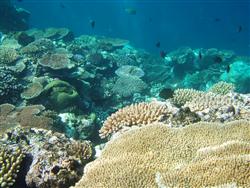
Study Marine Biology from Home
Develop a knowledge of marine life and ecology, whether for work or general interest. Learn about marine environments (weather, nutrient cycle, reefs, shallow and deep water environments, etc) marine animals, particularly more complex animals (e.g. fish, mammals), and also human impacts upon marine environments.